Amy Signs
Amy Signs
A Mother, Her Deaf Daughter, and Their Stories
Rebecca Willman Gernon and Amy Willman
G ALLAUDET U NIVERSITY P RESS
Washington, DC
Gallaudet University Press
Washington, DC 20002
http://gupress.gallaudet.edu
2012 by Gallaudet University
All rights reserved. Published 2012
Printed in the United States of America
Library of Congress Cataloging-in-Publication Data
Gernon, Rebecca Willman.
Amy signs : a mother, her deaf daughter, and their stories / Rebecca Willman Gernon and Amy Willman.
p. cm.
ISBN 978-1-56368-537-8 (pbk. : alk. paper) ISBN 1-56368-537-X (pbk. : alk. paper) ISBN 978-1-56368-538-5 (e-book) ISBN 1-56368-538-8 (e-book)
1. Deaf children. 2. Child rearing. 3. Mother and child. 4. Parenting. I. Willman, Amy. II. Title.
HV2391.G47 2012
362.420922dc23
 The paper used in this publication meets the minimum requirements of American National Standard for Information SciencesPermanence of Paper for Printed Library Materials, ANSI Z39.48-1984.
The paper used in this publication meets the minimum requirements of American National Standard for Information SciencesPermanence of Paper for Printed Library Materials, ANSI Z39.48-1984.
Rebecca Ruth and Amy Ruth dedicate Amy Signs in memory of Ruth Schmierer, Mother and Grandmother
Contents
Acknowledgments
When I asked Amy if she wanted to thank anyone on our acknowledgment page she said, No, I did all the work myself. No one helped me. Even so, she owes a debt of gratitude to her godmother Marge Beatty who was her excellent preschool Deaf educator and spiritual guide. In addition, all of the staff at the Nebraska School for the Deaf encouraged Amy to excel; they should be as proud of her accomplishments as I am. Gallaudet University did more than present Amy with a diploma after she finished her studies. Her years of involvement with the Deaf community and a variety of organizations on campus prepared her to a proud Deaf leader.
As for me, I give credit and thanks to my friend Cindy Mangers Johnson who suggested Amy and I should collaborate on a book. Her encouragement throughout this lengthy process has been a blessing. To all my fellow writers, especially Nancy Richard, Judy Creekmore, Teena Myers, the members of the Southern Christian Writers Guild, and of Realms of Fiction, led by Randy Roussell, your thoughtful critiques improved my writing. Our author photos are a product of my talented sister, Margaret Walthers.
Words cant convey my excitement when Ivey Pittle Wallace, Assistant Director, Editorial at Gallaudet University Press requested a copy of our manuscript in 2009. Her belief in the merit of our book and the editing skill of Deirdre Mullervy, Gallaudet University Managing Editor, and her staff, has made Amy Signs a promise fulfilled. To all my friends and family who have followed my writing progress, thank you for your support. A special thanks to my loving husband, Walt, who has the dubious honor of living with an author.
Preface
Thirty-seven years ago, after reading a book about one familys struggle with their deaf son, a story that seemed unrealistic and sugarcoated, I vowed to write a truthful book about raising a deaf child. The book would be filled with disappointment and pain, as well as hope and triumph. Amy Signs is that book.
Our story begins in December of 1969, years before most states required neonatal hearing tests on infants within a few days of their birth. Before 1990, most doctors relied on parents to determine if their child could hear. Even the most observant parents might not realize their child had a hearing loss until the childs lack of speech was noted at age two or three. By then, several years of crucial preschool speech and language training were lost.
Parents who have a deaf child now should have an easier journey than we did. Neonatal testing should be conducted within a month of a childs birth. Early detection of deafness or any disability allows the parents to begin educating themselves, so the best decisions can be made for their child before school age.
But, regardless of when parents discover their child has a disability, most are overwhelmed with feelings of shock, loss, anger, sadness, guilt, and frustration. In addition, most babies with birth defects are born to parents with no obvious health problems or risk factors (www.kidshealth.org). About 90 percent of children with congenital hearing loss are born to hearing parents (www.marchofdimes.org), so deciding how best to raise and educate the child is difficult. Professionals offer suggestions based on years of clinical experience, but ultimately the parents must decide what is best for their child.
When Amy was first diagnosed as profoundly deaf, an audiologist told us that our only option was to send her to a residential school for the deaf. Several years into her education at a deaf school, Congress passed the Education for All Handicapped Children Act, which mandated that public schools make accommodations for all disabled students, including deaf students. As a result of this act, today many residential schools for deaf children, including Amys school, the Nebraska School for the Deaf, have closed their doors. The majority of deaf and hard of hearing students now attend public schools, for better or worse.
Parents of deaf children must decide how to communicate with their child. They have two choices, which are at opposite ends of the spectrum. The first is oral communication. The deaf child wears hearing aids and is taught to lipread and speak by relying on the childs residual hearing. Oral communicators avoid the use of sign language. Advances in medical technology, particularly the cochlear implant, give parents another option: surgery. This permanent surgery may restore partial hearing to child making oral communication easier.
The second option is manual communication. Educators have devised several methods of implementing American Sign Language (ASL) into the classroom. Amys school endorsed Total Communication; the teachers and students signed but the students also received speech training and wore hearing aids to maximize their language skills.
Before making any decisions about the education of your deaf child, parents may need to revise their dreams for this child. Having unrealistic expectations will frustrate you and your child. Families will still suffer heartache when the words, your child does not hear are spoken, but the Internet puts a world of information just a click away. Support groups and educational services can easily be located. The age of technology allows the Deaf to be fully integrated into the hearing society via captioned TV, video relay telephone systems, texting, and Skype. A variety of lighted alerting devices keep Deaf people aware of their surroundings. I would encourage any parent of a Deaf child to think long and hard before expending value time and money to make your child normal. (Whatever that means.) Deaf people are not abnormal; they just use a different means of communication.

Amy Signs is primarily Amys story, but as in any family, each persons life has an effect on the other members. The journey my husband Jack, son John, and Amy and I took had its ups and downs, but the overall progression was forward, even though many days it was against a stiff wind. My journey was made easier by my faith in God.

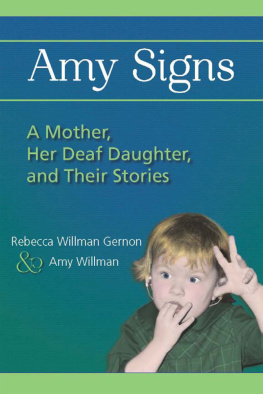


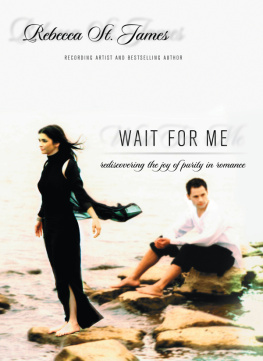
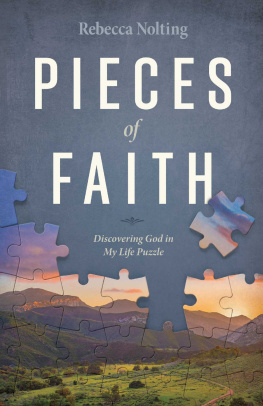

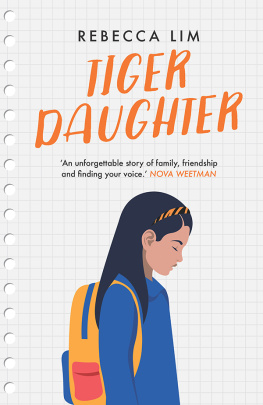

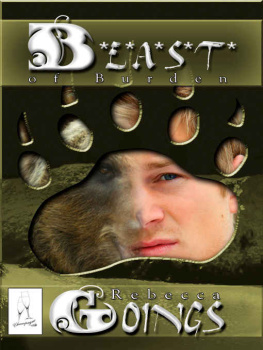
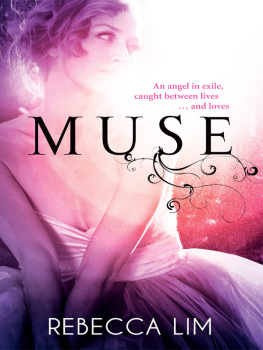
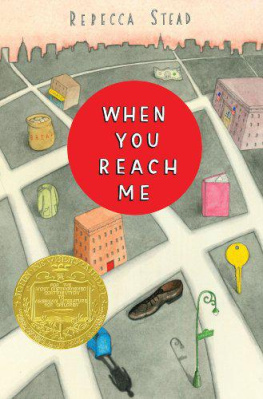



 The paper used in this publication meets the minimum requirements of American National Standard for Information SciencesPermanence of Paper for Printed Library Materials, ANSI Z39.48-1984.
The paper used in this publication meets the minimum requirements of American National Standard for Information SciencesPermanence of Paper for Printed Library Materials, ANSI Z39.48-1984.